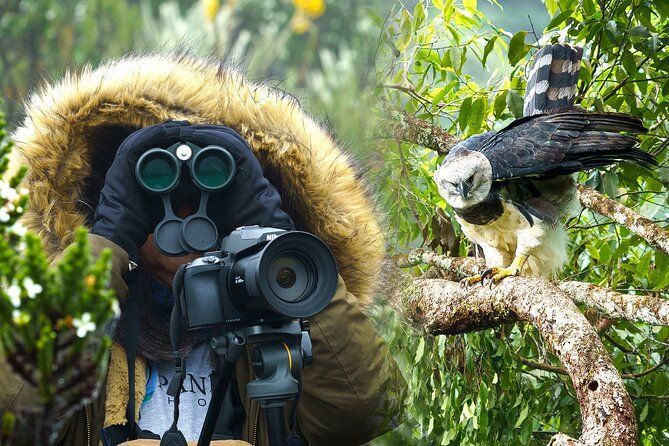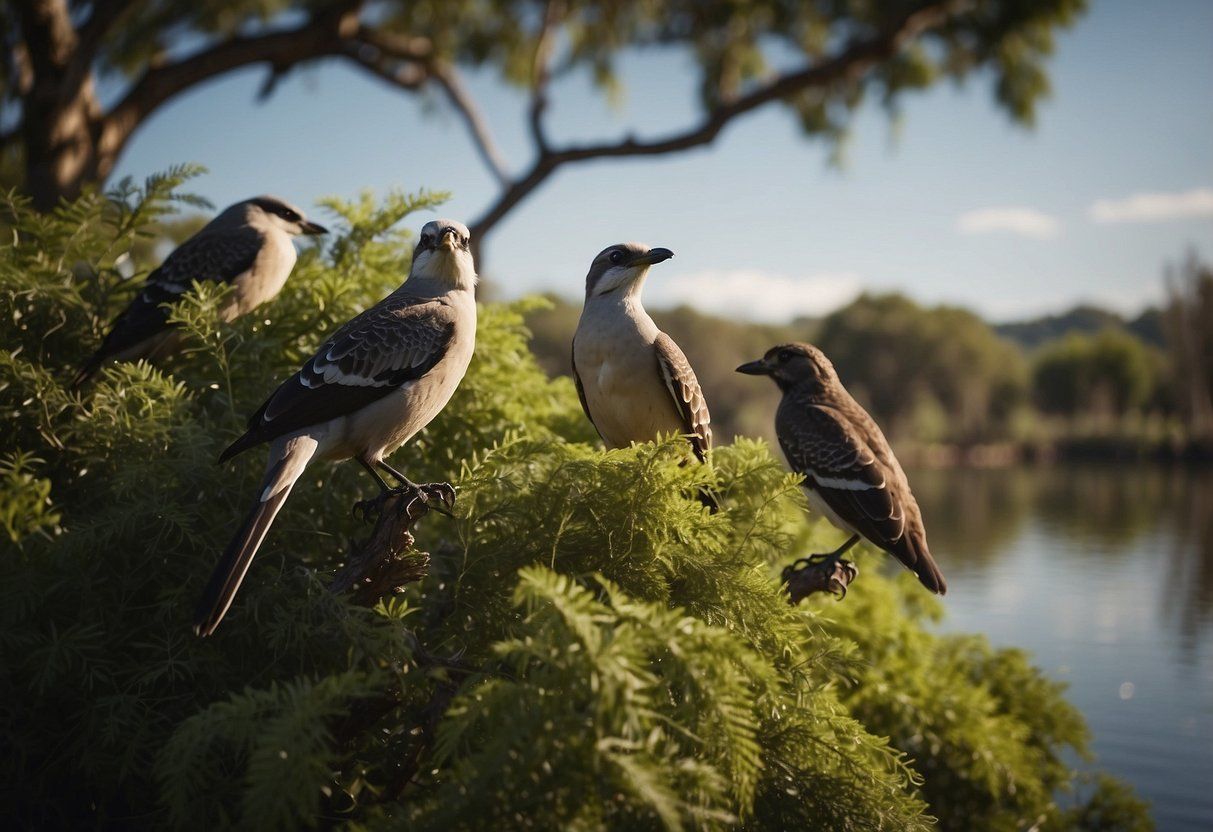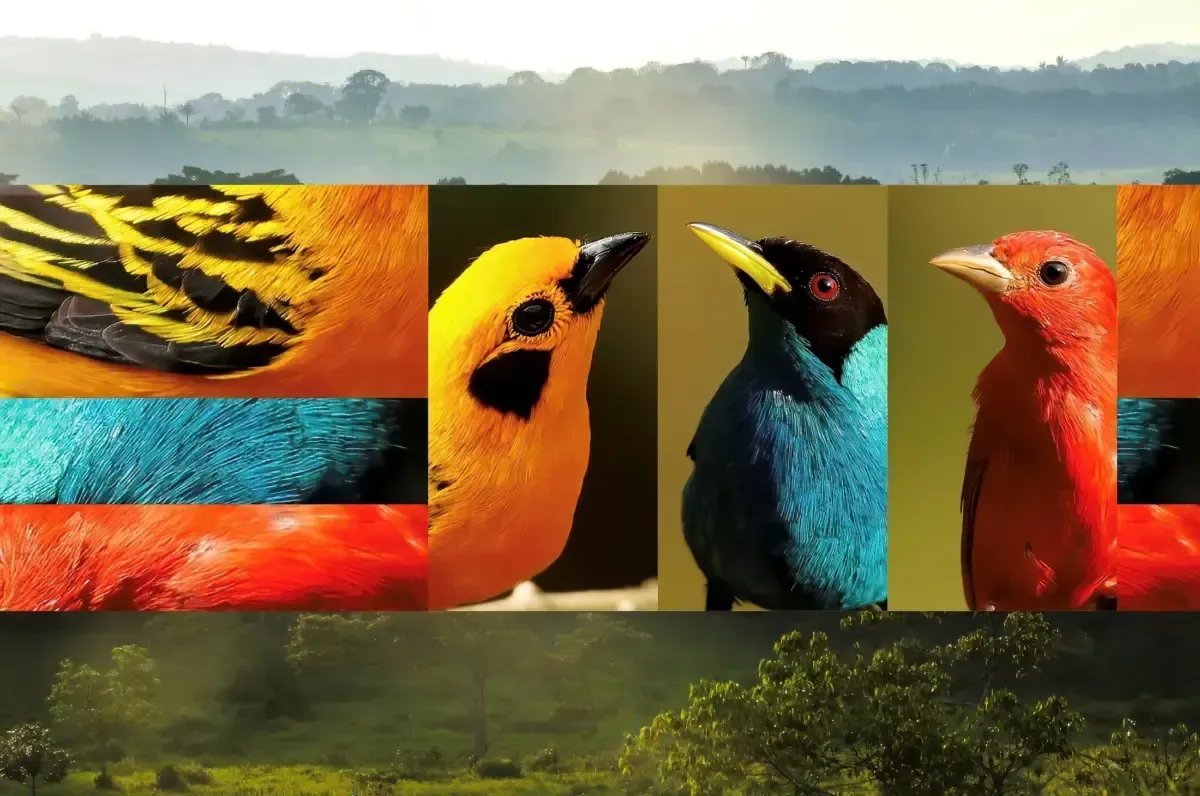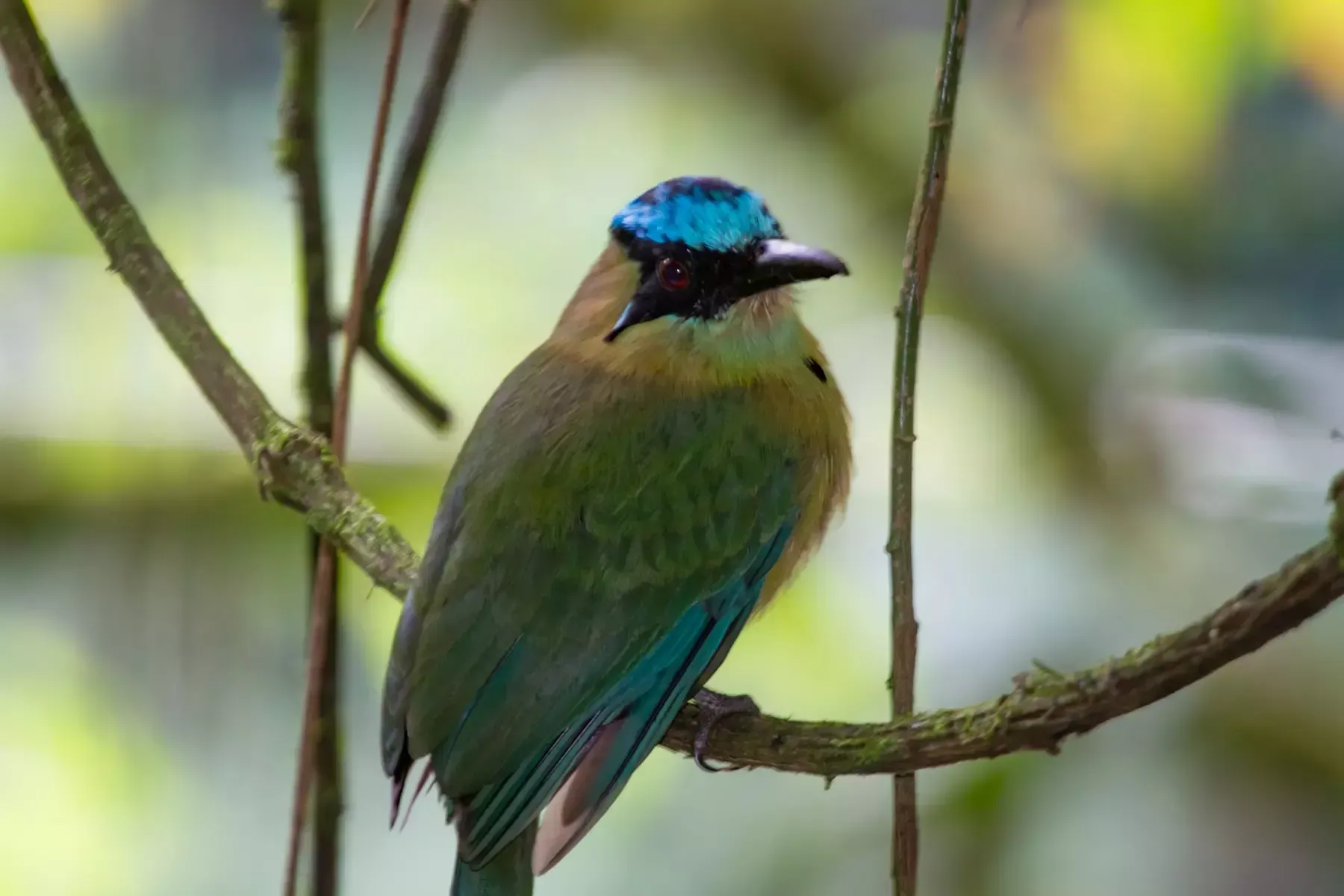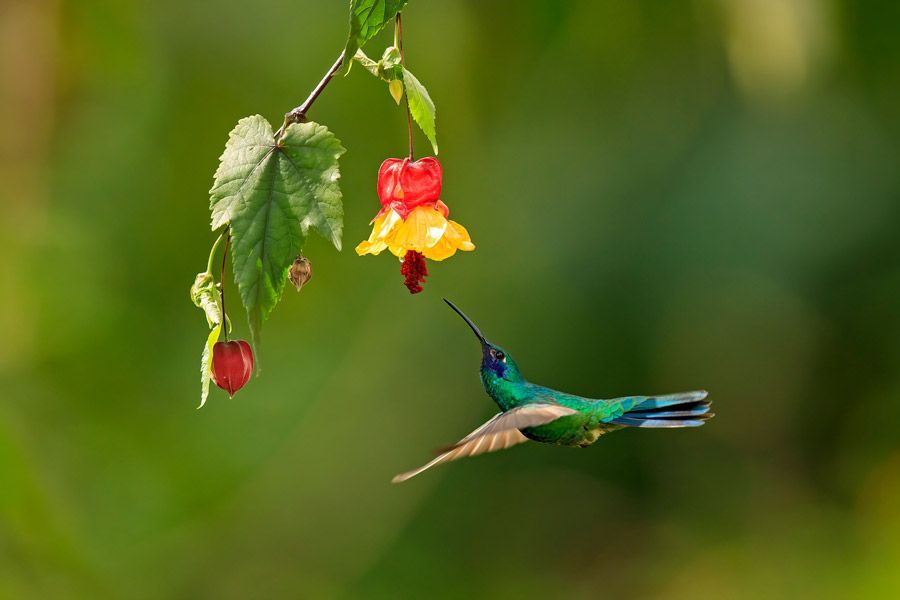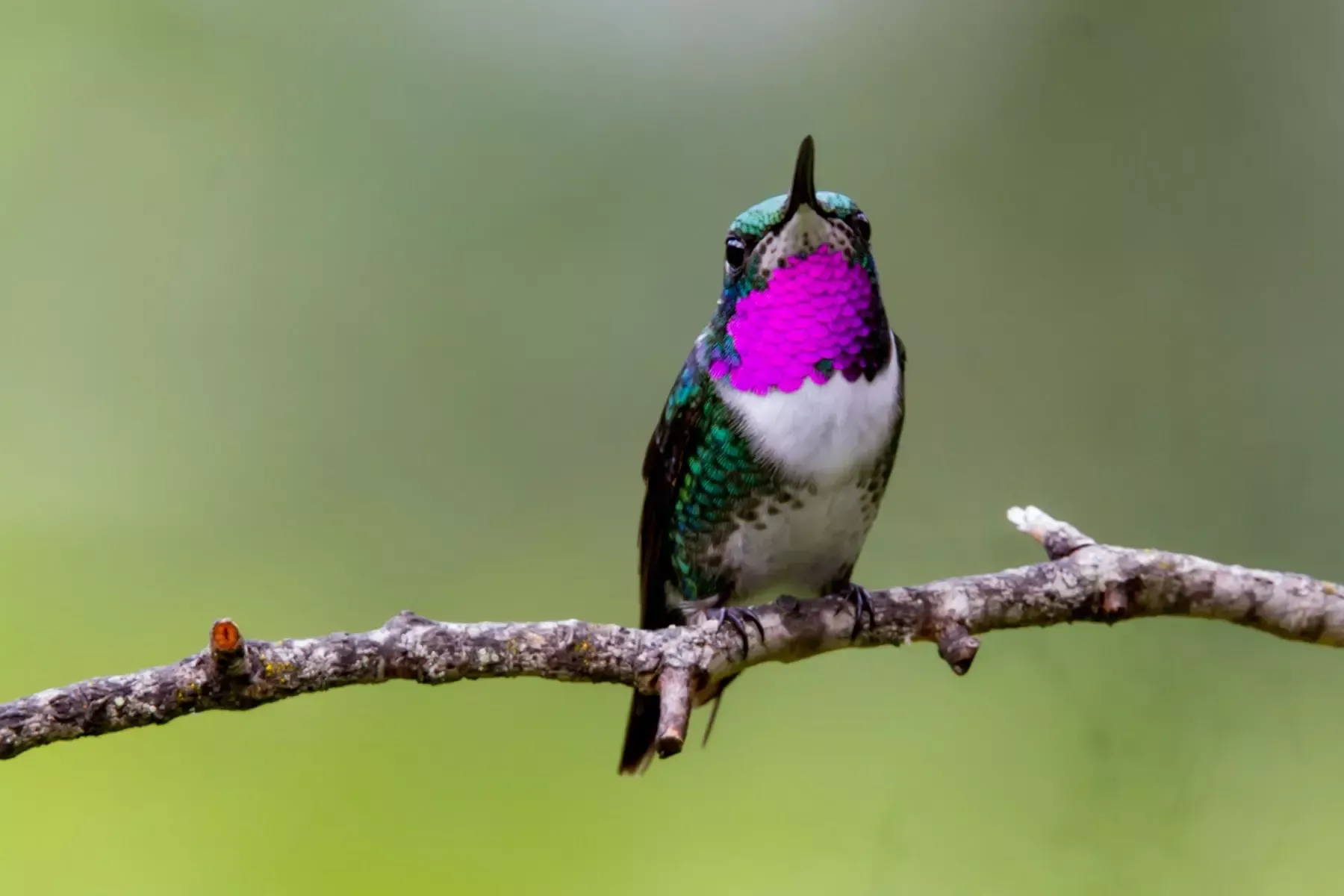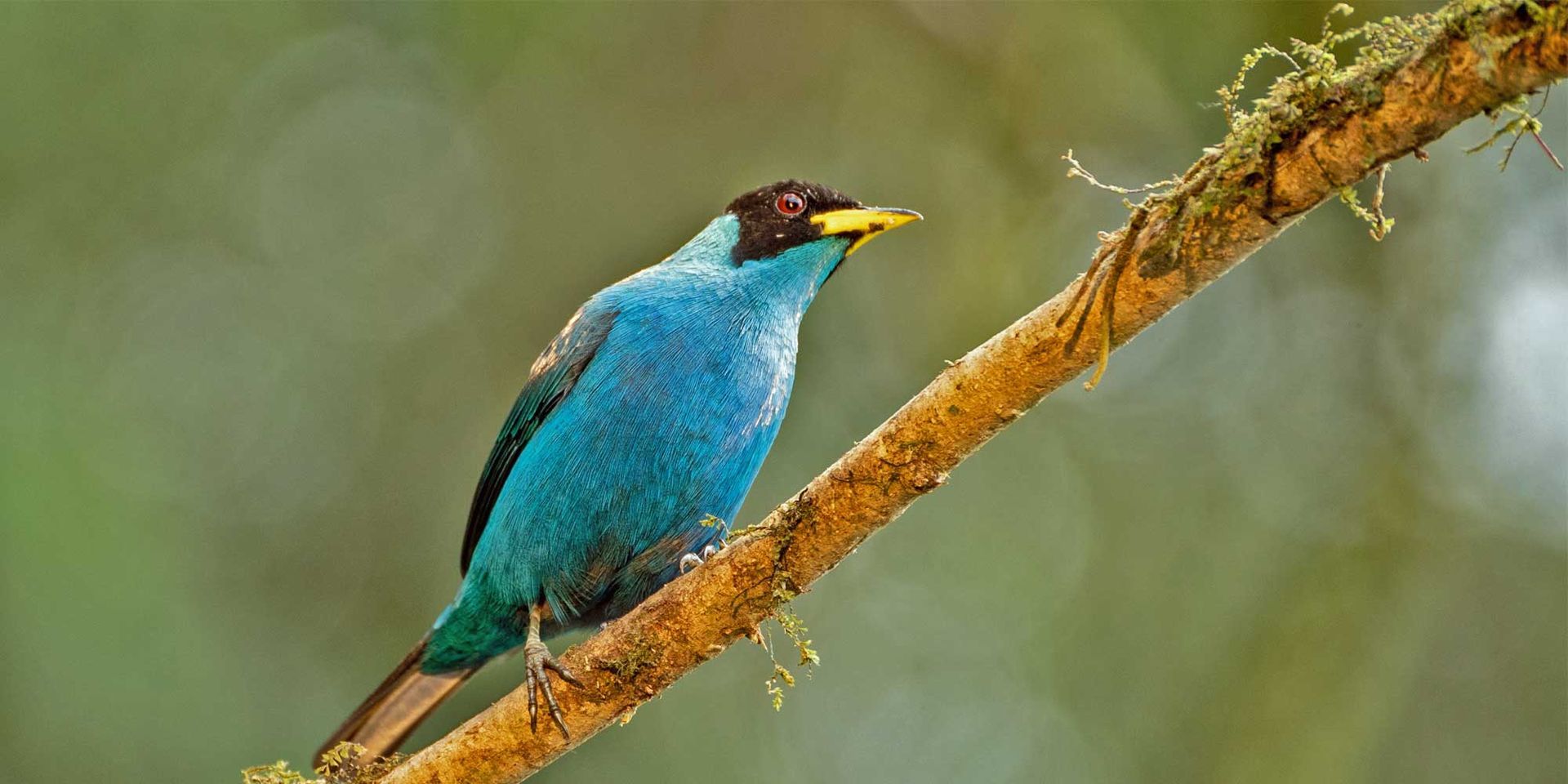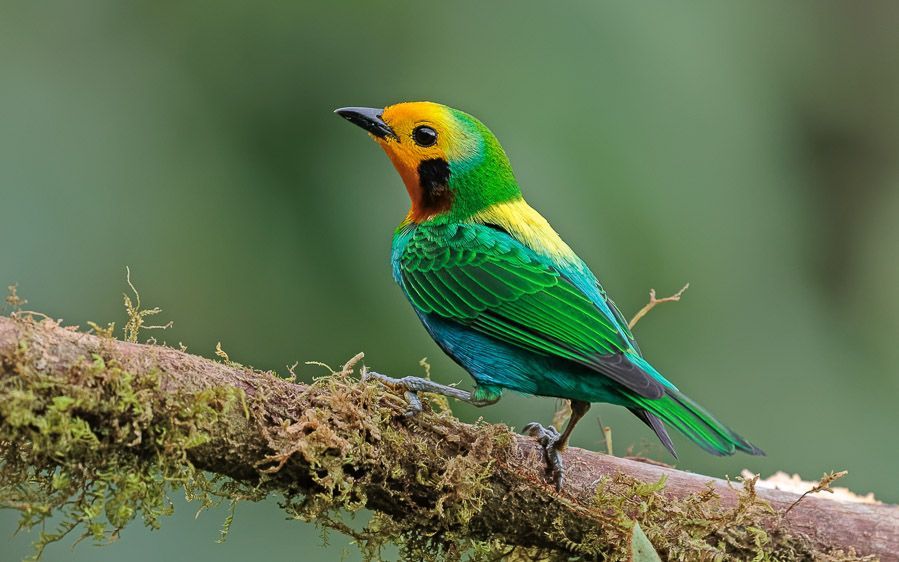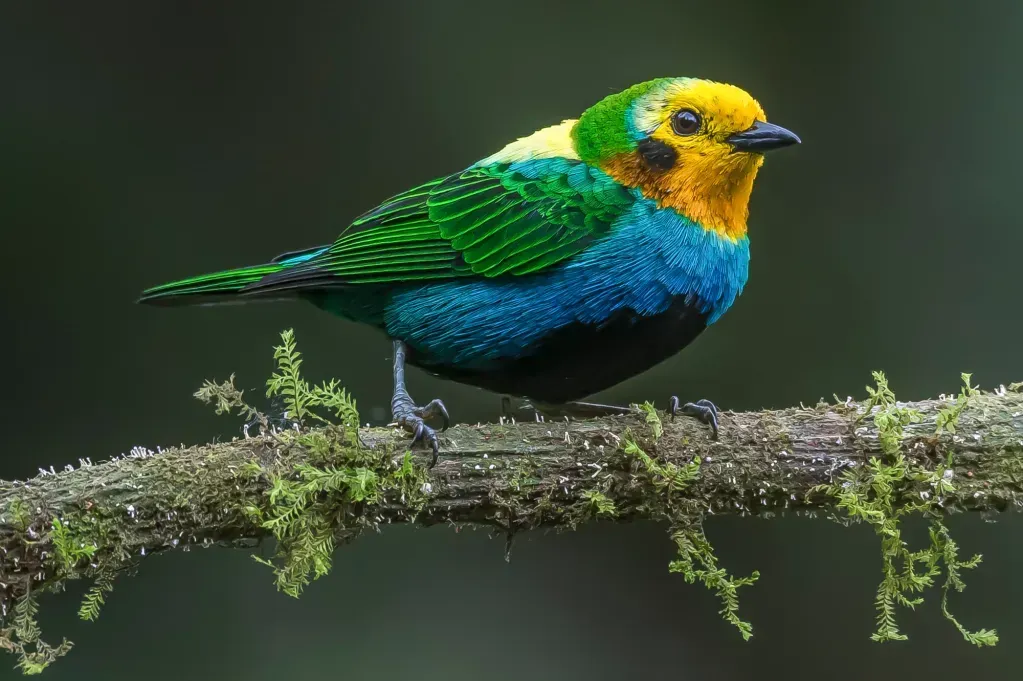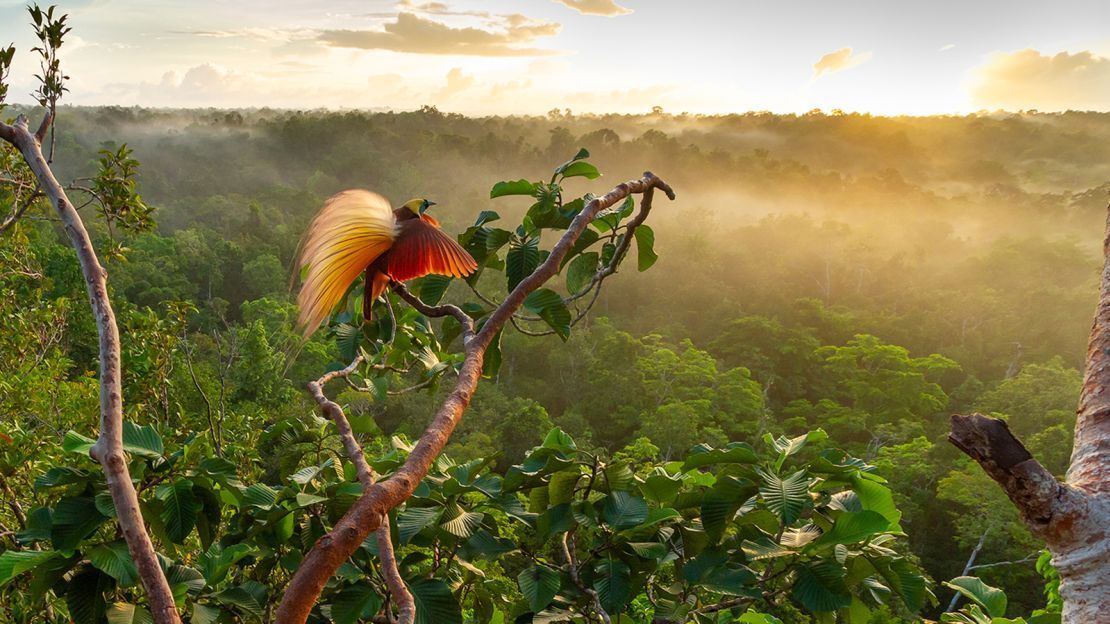Mastering Hummingbird Photography: Perched, Flying, and Feeding Tips
Hummingbirds are among the most mesmerizing subjects in wildlife photography. Their iridescent feathers, rapid wingbeats, and fascinating feeding behaviors make them living jewels of the natural world. Yet, capturing these dazzling birds on camera is no easy task. With wings that can beat up to 80 times per second and movements faster than the human eye can track, hummingbirds test the skill, patience, and creativity of every photographer.
This guide explores how to master the art of hummingbird photography by focusing on three essential moments: perched portraits, in-flight captures, and feeding shots. Whether you are photographing in Colombia—the hummingbird capital of the world—or in your own backyard, these strategies will help you create images that reflect both technical excellence and artistic vision.
The Magic of Photographing Hummingbirds
Before diving into techniques, it’s worth appreciating why hummingbirds hold such a special place in photography.
- Speed and Agility – Their aerial acrobatics rival any other bird, hovering mid-air, darting in zigzags, and flying backward.
- Color and Light – Iridescent feathers shift in hue depending on the angle of light, offering endless opportunities for creative captures.
- Behavioral Stories – From territorial battles to delicate feeding rituals, hummingbirds embody both power and grace.
The ultimate challenge is not just to freeze these moments but to convey the magic of the experience through the lens.
Essential Gear for Hummingbird Photography
Cameras and Lenses
- DSLRs and Mirrorless – Fast autofocus and high burst rates are crucial. Look for models with at least 10 frames per second.
- Telephoto Lenses (300mm–600mm) – Essential for frame-filling shots without disturbing the birds.
- Macro Lenses – Useful for close-ups of perched hummingbirds or flowers.
Supporting Equipment
- High-Speed Flash Units – Freeze wing motion during flight or feeding.
- Tripod or Monopod – Provides stability for longer shooting sessions.
- Remote Shutter Release – Reduces vibration for sharper images.
Camera Settings
- Shutter Speed: 1/2000s or faster to freeze motion; 1/1000s to allow slight wing blur for artistic effect.
- Aperture: f/4–f/8 to balance depth of field and light.
- ISO: 400–1600 depending on lighting conditions.
- Burst Mode: Continuous shooting for action sequences.
Perched Hummingbird Photography
Perched hummingbirds offer a calmer, more approachable subject. While not as dramatic as in-flight captures, perched shots reveal fine details—the curve of the beak, the shimmer of feathers, and the intensity of their tiny eyes.
Finding Natural Perches
Hummingbirds prefer certain spots for resting:
- Thin branches near feeding areas.
- Exposed perches that allow them to survey territory.
- Favorite lookout points where they return repeatedly.
Compositional Tips
- Background: Aim for soft, uncluttered bokeh to highlight the bird.
- Rule of Thirds: Position the hummingbird off-center for dynamic balance.
- Environmental Portraits: Include flowers, moss, or branches to tell a story.
Lighting for Detail
- Morning and Late Afternoon: Softer light reduces harsh shadows.
- Side Lighting: Accentuates feather texture.
- Backlighting: Creates a halo effect around delicate plumage.
Example Shot Setup
- Camera: 400mm lens, aperture f/5.6
- Settings: Shutter 1/1000s, ISO 800
- Subject: Longuemare’s Sunangel perched in Colombia’s páramo grasslands
- Result: Vivid details with natural mountain habitat included
Flying Hummingbird Photography
Capturing hummingbirds in flight is one of the most rewarding yet difficult challenges in bird photography. Their unpredictable movement requires preparation, patience, and the right techniques.
Key Challenges
- Erratic Flight Paths – Birds hover, dart sideways, and dive in seconds.
- Wing Speed – The blur of motion often results in out-of-focus shots.
- Lighting – Fast shutter speeds demand strong natural light or flash support.
Strategies for Success
Pre-Focus Techniques
- Anticipate flight paths near feeders or flowers.
- Pre-focus on the flower or area where the hummingbird is likely to hover.
Freezing vs. Blurring Wings
- Freeze Motion: Shutter 1/4000s or faster; often requires flash.
- Artistic Blur: Shutter 1/500s–1/1000s allows visible wing movement, conveying energy.
Multi-Flash Setups
Professional hummingbird photographers often use multiple flashes at low power settings.
- Main Flash: Illuminates the bird.
- Fill Flash: Reduces shadows.
- Background Flash: Lights up foliage or backdrop.
This technique creates crisp, magazine-quality in-flight shots.
Background Control
Artificial backdrops or blurred vegetation help isolate the bird. Avoid clutter that distracts from the subject.
Case Study: Photographing the Shining Sunbeam
The Shining Sunbeam’s coppery glow becomes electrifying when captured mid-flight. Using a 1/3200s shutter with three off-camera flashes, photographers can freeze its hovering moment while feeding at a flower, highlighting both wing spread and metallic plumage.
Feeding Hummingbird Photography
Feeding shots are some of the most iconic hummingbird photographs. They show the bird interacting with flowers or feeders, often with tongue extended in mid-air.
Natural vs. Artificial Feeding
- Natural Flowers: Preferred for authentic compositions and storytelling.
- Feeders: Useful for controlling environment and setup, but position them near flowers for a more natural frame.
Capturing the Feeding Moment
- Positioning: Place flowers at optimal camera height.
- Lighting: Use flashes angled at 45° to reveal iridescence.
- Timing: Anticipate hovering; shoot bursts to catch tongue extension.
Creative Compositions
- Profile Shots: Bird and flower in parallel, emphasizing form.
- Head-On Shots: Bird hovering directly at the camera with wings extended.
- Behavioral Series: Capture sequences from approach to feeding and retreat.
Example Shot Setup
- Subject: White-Tipped Sicklebill feeding on heliconia
- Technique: Multi-flash, shutter 1/2500s, f/8 aperture
- Result: Bird’s curved bill perfectly aligned with flower, wings frozen mid-hover
Advanced Techniques for Stunning Shots
Slow Motion Video
High-speed video (120–240 fps) allows detailed studies of wing motion and feeding behavior, creating engaging multimedia content.
Artistic Approaches
- Silhouettes at Sunrise – Capture perched hummingbirds in striking profile.
- Motion Panning – Track bird movement with slower shutter speeds for creative blurs.
- Black Backgrounds – Use flash against distance or artificial backdrop for dramatic isolation.
Patience and Observation
Understanding hummingbird behavior is as important as technical mastery. Spend time observing flight patterns, territorial disputes, and feeding preferences. The more you learn about their habits, the easier it becomes to anticipate perfect photographic moments.
Ethical Hummingbird Photography
Photography must respect the birds’ well-being:
- Avoid excessive flash bursts that stress birds.
- Don’t obstruct nests or force perching behavior.
- Use feeders responsibly—keep them clean and filled with the correct sugar-water ratio (4:1).
- Respect natural habitats and avoid trampling vegetation.
Top Locations for Hummingbird Photography
While hummingbirds exist across the Americas, certain locations provide concentrated opportunities for capturing rare and endemic species.
Colombia
- Chingaza National Park: Home to high-altitude Helmetcrests.
- Reserva Río Blanco: Offers dozens of species at feeders.
- Santa Marta Mountains: Endemics like Santa Marta Woodstar can be found here.
Ecuador and Peru
- Cloud forests near Mashpi (Ecuador) or Manu National Park (Peru) also host numerous species, but Colombia surpasses them in sheer species richness and accessibility.
Planning Your Hummingbird Photography Adventure
- Best Time: Dry season ensures clearer skies and more active birds (December–March in Colombia).
- Gear Preparation: Carry multiple lenses, memory cards, and weather protection.
- Local Guides: Hiring expert guides helps locate rare species quickly and safely.
- Combine Photography with Ecotourism: Experience local culture, coffee farms, and highland ecosystems.
Conclusion
Mastering hummingbird photography is both a technical and artistic pursuit. By understanding their behavior, investing in the right equipment, and practicing patience, photographers can capture stunning images of perched, flying, and feeding hummingbirds.
Colombia, with its extraordinary species diversity, high-altitude paramos, and accessible cloud forests, provides an unparalleled playground for hummingbird enthusiasts. Every trip offers new opportunities to photograph these radiant jewels in their natural habitat, ensuring that each shutter click tells a story of beauty, agility, and ecological wonder.
With dedication, preparation, and respect for the birds and their environment, you can master hummingbird photography and create images that are both technically precise and emotionally captivating.


